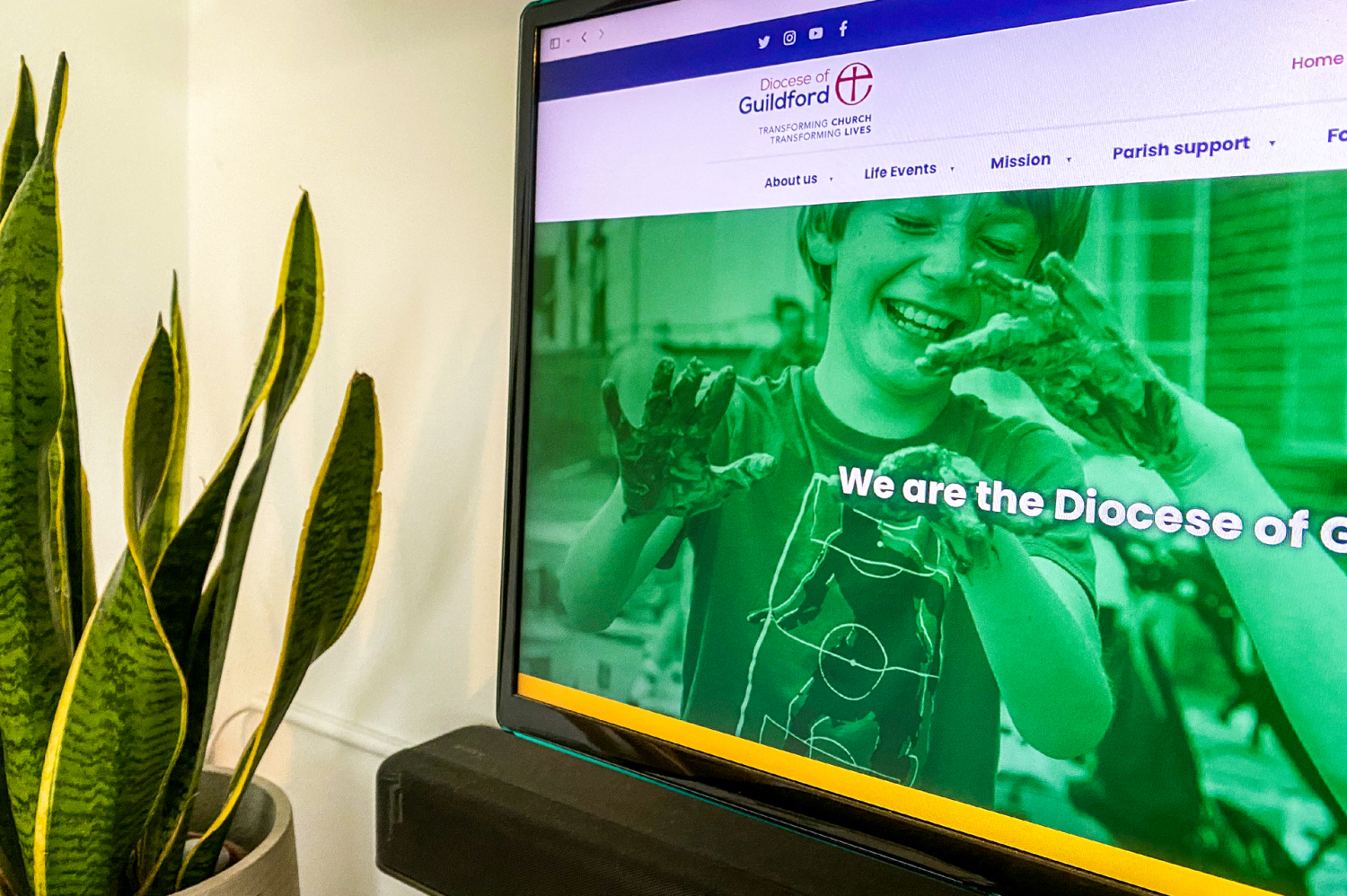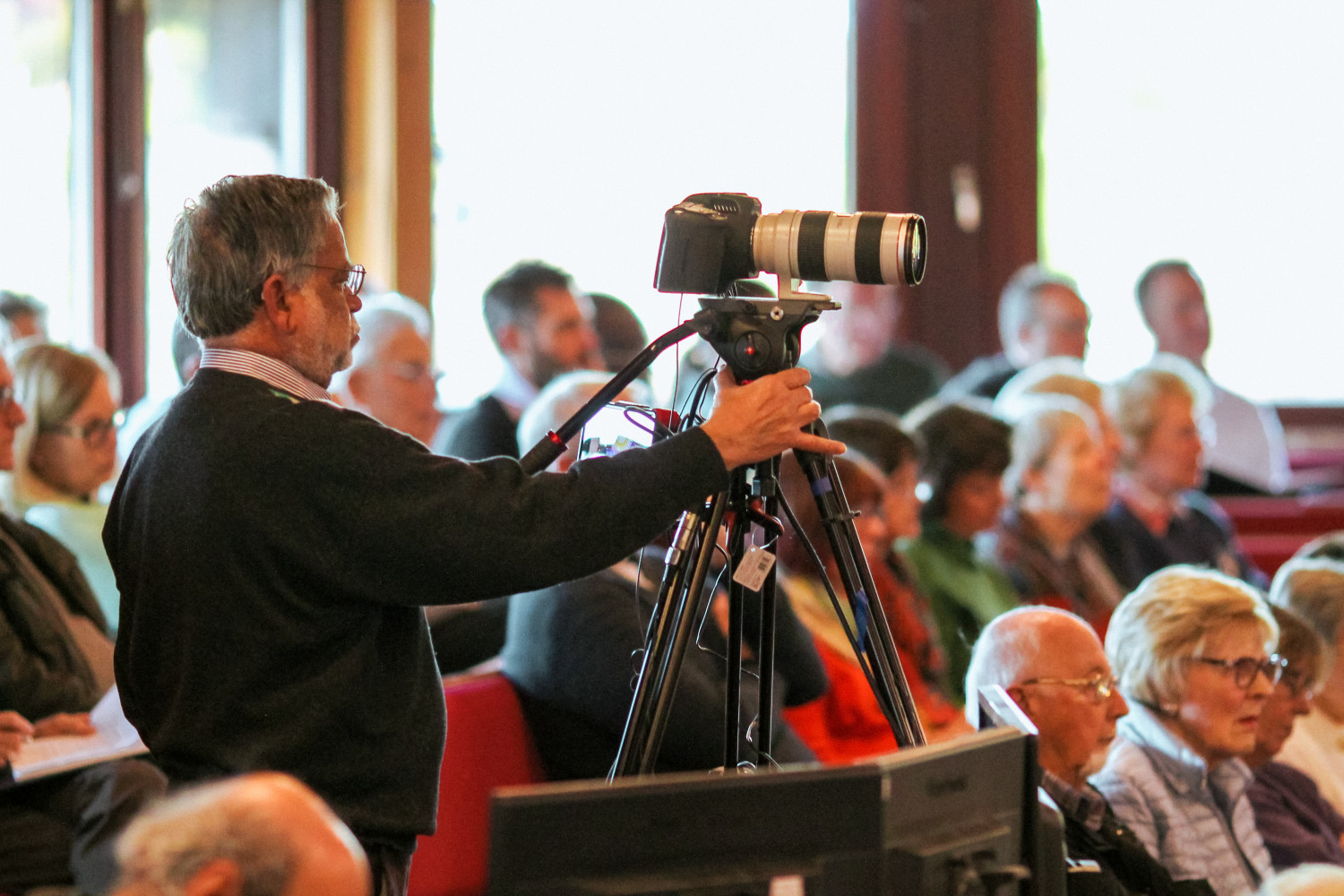Spreading the good news of Jesus throughout your community

Communication is foundational to mission, outreach and building community. From simple conversations to media interviews, branding, design and video, we can use communication tools to describe the God that we know and the church life that we're part of.
As a Central Diocesan Communications team, we have decades of experience between us, including working within central and local government, and in a parish setting. We are here to help you reach your audience and proclaim the good news of Jesus Christ.
These pages will provide you with simple, practical guides and resources, designed to give you confidence in communicating effectively.
If you would like any advice, guidance or training on communications please do get in touch.
The Communications Team can help with:
Communications strategy and planning – As a church, when you consider your Church Development Plans, we can help you think about how communications could support some of the critical projects.
PR strategy – How do you raise the profile of your church in the media, how do you use your social media channels and website to support your mission? We can help.
Storytelling – We can help you identify, shape and communicate your good news stories.
Working with media- We can help with building up confidence to work with the local press and other key journalists, so that you can manage how you tell your story locally.
Communications training- Bespoke training for you and your teams on various aspects of communications, including media training, crisis communications, social media etc. Please enquire if you would like training.
Crisis communications- We can support you with reputation management and communicating with integrity in the wake of in crisis.
Issues management- We can offer comms handling advice around a reputational issue/concern before it becomes a crisis.
Amplification of your stories on the Diocesan channels – We can reshare and post articles in our news section, our newsletter and social media channels.
Support and guidance- Feel free to pick up the phone or drop us an email regarding any communications queries you have.
• While your communications will be bespoke to your parish and what works well with your audience and context, there are some polices to give you extra reassurance and ensure communications take place safely, and provides a positive representation of the church and the Diocese.
• The Diocese of Guildford has signed up to the Church of England Digital Charter and adopted its universal principle-based Social Media Community Guidelines.
• We have two separate Diocesan Social Media Policies, which you can find listed below :-
• Social media policy for Clergy and other parish role-holders
• Social media policy for employees, contractors and volunteers of the Diocesan Board of Finance.
Diocesan & Church of England Branding
Access branding resources and guidelines for the Diocese of Guildford and the Church of England’s branding kit. You can contact the Comms Team if you have any questions on the use of the branded material.
Sign up to hear more
You can sign up to receive news you want to know about from the Diocese. Choose to receive the Parish Brief, a simple and single source for all the latest guidance, resources and updates for church leaders across the diocese. And you can opt-in to receive news specific to topics such as Safeguarding, Youth, Children & Families, Evangelism Hub, Environment and Training.
Find the latest Parish brief here
Sign up to Church of England Digital Labs resources, news and events.






